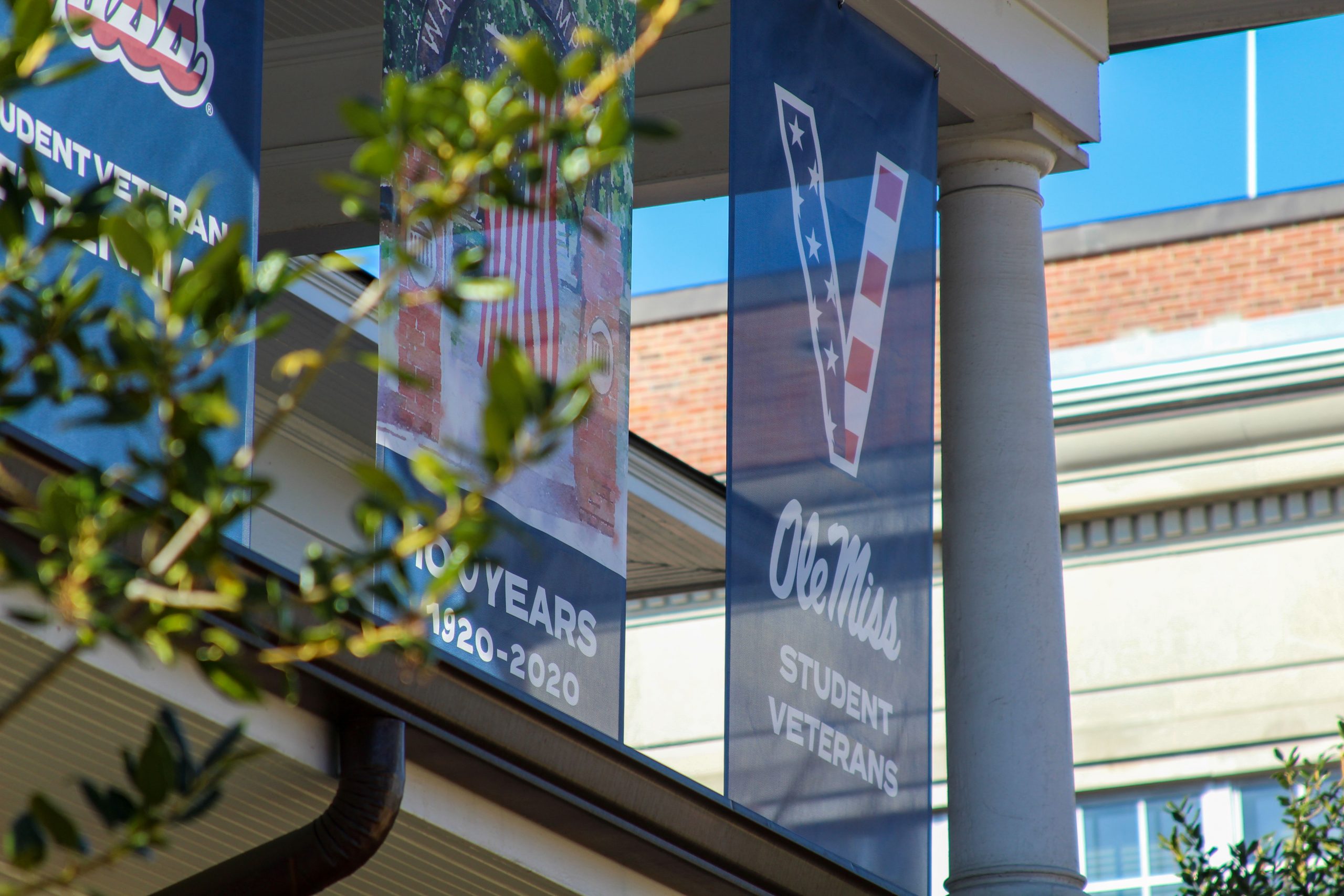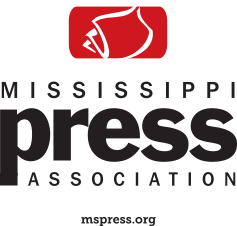As Veterans Day approaches, Americans take time and remember the servicemen and women, who dedicated their lives for serving their country. However, despite the support they receive, many people do not understand the mental health struggles veterans experience when transitioning back to civilian life.
Post-traumatic stress disorder, a mental disorder that occurs after a person experiences a stressful event, affects about 15 million people each year. In 2018, over 1.7 million veterans received mental health treatment at the Veterans Association.

There are stigmas that surround mental health. For many veterans and servicemen and women, the transition from overseas and military services to back home is challenging. For many, it is difficult to share their war stories over the fear of scaring their loved ones and the societal pressures of conforming back to civilian life.
Andrew Newby, the assistant director of Veterans and Military Services, uses the term post traumatic-stress rather than post-traumatic disorder.
“It’s a general stigma associated with the military-connected population that all veterans are messed up when this simply is not the case,” Newby said. “Everyone processes trauma differently, and post-traumatic stress is a natural response to difficult situations in life. Everyone should value mental health — not just veterans.”
Newby said that normalizing the idea that PTS is not a disorder, but rather than an injury that someone experiences.
According to the U.S. Department of Veterans Affairs, PTSD has been on the rise. For servicemen who were stationed in Operation Iraqi Freedom and Operation Enduring Freedom, about 11-20 out of 100 veterans struggle with PTSD.
Michael Howland, an adjunct professor within the department of legal studies and a 25-year United States Joint/Army Special Operations Commands veteran, served eight hours in combat in Desert Storm in Afghanistan and Iraq.
When Howland was working in Special Unit Missions his job consisted of finding high value targets. Once the wars in Afghanistan started, his job shifted to multiple tours in Afghanistan and Iraq from 2001- 2010.
Transitioning from overseas presents a problem for both veterans and Howland.
“You had to learn to be a dad again, or a family member again. And I think that made it doubly difficult because how do you explain to your family what you’ve experienced,” Howland said.
One fact that should be stated is that PTSD affects everyone differently. Howland tells his students that PTSD is not always combat related, but it is about stress.
“Something that I saw in a combat situation, the person sitting next to me, is seeing the exact same thing, but can be affected completely differently,” Howland said.
For Howland, his transition was made easier because of the support from his wife.
“She reminded me kind of my humaneness,” Howland said. “Whatever I did, then, isn’t what I’m doing now. And so I needed to kind of flip the switch a little bit and be able to be comfortable with what I was doing, but recognize that doesn’t mean it makes me less, it’s just understanding that this is what you have to do now.”
Howland says that the most important aspect for veterans with PTS is recognizing they have it and seeking help.
In a study conducted by the Veterans Association in 2019, there were 6,261 suicides, which represented 13.7% of suicides among U.S. adults in 2019.
Sean, whose last name was removed because he believes his personal stories will have an impact on his career advancement, served in the United States Marine Corps from 1999-2005, and is a veteran of Operation Iraqi Freedom from 2003.
Sean’s transition back home posed many problems for him. He noted that one of the most common questions asked of him and his brothers by civilians was if they had killed someone.
“Not only is this a highly personal question, but no matter the answer given, many veterans would feel intensely judged based on their response, regardless of the context of their actions,” Sean said.
Questions like this, or others about the intense nature of the conflict, for many, only served to widen the gap between civilian and military life.
In 2003, when Sean got back to the states there were not many resources for veterans who struggled in PTSD. He said there was a stigma towards people who sought out help and many believed veterans were “career killers.”
“Simply put, there was a perception for many within the service that asking for help was not only a sign of weakness, but would negatively affect one’s career,” Sean said.
Sean believes that this attitude was, in part, responsible for the catastrophic rise in suicides within the veteran community.
Eventually more help became available, however connection remained strained. Many servicemen went to therapy or to a psychiatrist, but still struggled with opening up to people.
“I heard this from a lot of people individually, that one of the issues was they want you to talk to people who they couldn’t share with,” Sean said. “They send you to a doctor who’s never been frontline, never been out there on patrol. It’s like, how do you talk about those things? With someone who doesn’t know what things are like over there, who hasn’t shared those risks.”
PTSD can affect many people in different ways, and Sean shared one experience he had shortly after he returned home.
“Over Christmas vacation my family decided to get together in a major city, and we went out on New Years Eve. I was completely unprepared by how much the sound of fireworks affected me. I had only been back for a short time, and even though I knew they were fireworks, the detonations and popping, and the way they echoed off of the buildings around me was unnerving and overwhelming in the extreme,” Sean said.
Sean also noted that extreme hypervigilance was an extremely common PTSD symptom amongst veterans, and while he says many people say that it fades over the years, it never seems to entirely go away.
Veterans who struggle with PTSD often cope with their stress and anxieties by self medicating. Sean, for example, dealt with alcoholism for almost two years after the war, and noted that the vast majority of veterans he knew with PTSD related issues also abused alcohol.
“A lot of people I got to know within the community who had issues would wind up drinking just to be able to sleep,” Sean said. “Most were able to eventually adjust back on their own, but an unfortunate number turned to harder substances or ended up committing suicide, possibly because they felt it was too hard to readjust, or because their lives had fallen too far out of control.”
Because there are many stigmas surrounding veterans with PTSD, coping and feeling unalienated is hard to come by.
Sean talked about how coming back to the states is not only difficult due to society’s expectations of fitting back into the norms of life, but also the lack of understanding and what goes on overseas and why soldiers are over there. In World War II, servicemen received national support. However, as the different wars progressed over the years, divisions from the nation began to take flight.
“While things are far better now, than they were for say the Vietnam veterans, there are still issues that I think divide the veteran community. People will say ‘thank you for your service’ but to some it seems like an obligatory statement without any understanding of duties and sacrifices,” Sean said.
Sean said a lot of criticism happens during wartime about whether troops should be over there.
“Some people criticized the Iraq war as being completely unnecessary and wasteful, and when I heard that I couldn’t help but think of those who were maimed or killed during the war, how lucky many of us were to make it through mostly unscathed,” Sean said. “Those differing viewpoints, I thought, made it harder to reconcile and return to civilian life in the long run, and may have exacerbated the issues that some veterans had while healing.”
Veterans have found other ways to cope with their PTSD. For Howland, he led the Veterans Services at the university in 2013. Here he helped veterans take responsibility for their PTSD and seek help to cope with it. It also helped faculty and staff understand what veterans face when leaving the military and having to assimilate into college culture.
Other veterans join Facebook groups or form counseling circles to create comradery among fellow veterans, although at times these can be difficult to swallow, since everyone’s experience is different.
“Everybody has to be looked at and treated differently, because they’re unique,” Howland said. “It’s always important to understand when people are dealing with issues, no veteran will tell you that they’re more important than anybody else.”



























